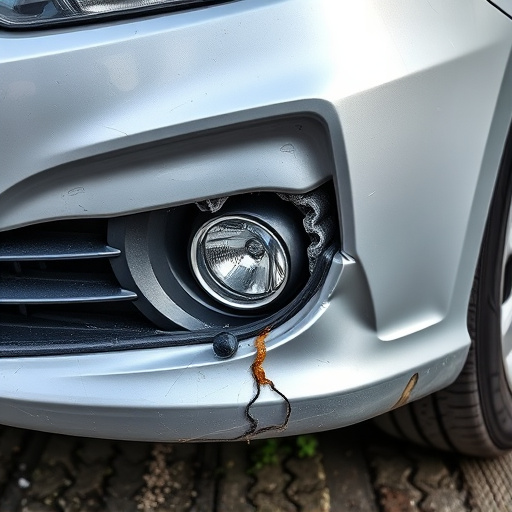The Mercedes TPMS monitors tire pressure, alerting drivers via a dashboard light if pressure is off. Regular maintenance, including resets at 15+ mph or per owner's manual, prevents false alerts caused by sensor malfunctions, environmental factors, or improper wheel installation. Resetting enhances tire performance and avoids costly repairs.
Tired of misleading alerts from your Mercedes’ Tire Pressure Monitoring System (TPMS)? This guide is your solution. Learn how to navigate through common causes of false alarms, such as sensor interference and temperature fluctuations. Discover effective strategies for resetting your TPMS, ensuring accurate readings. By understanding the fundamentals of the Mercedes TPMS system and mastering the reset process, you can save time, avoid unnecessary worries, and maintain optimal tire health.
- Understand Mercedes TPMS System Basics
- Identify Common Causes of False Alerts
- Resetting Your Tire Pressure Monitor Effectively
Understand Mercedes TPMS System Basics

The Mercedes TPMS (Tire Pressure Monitoring System) is a sophisticated technology designed to ensure optimal vehicle safety and performance. It constantly monitors tire pressure, providing drivers with real-time alerts if any tire’s pressure deviates from the recommended range. This system is integrated into the vehicle’s computer network, utilizing sensors embedded in each wheel to transmit data to the dashboard. When a discrepancy is detected, a warning light illuminates on the instrument cluster, alerting the driver to take action. Understanding how this system works is crucial for effectively managing and preventing false alerts.
Regular maintenance plays a pivotal role in keeping your Mercedes TPMS accurate and reliable. This includes periodic checks of tire pressure, ensuring each tire is inflated to the manufacturer’s specified PSI (pounds per square inch). A simple yet effective method to reset and calibrate the system is by driving at speeds above 15 mph with all tires properly inflated. For any issues persisting, consider professional automotive repair services or consult your vehicle’s owner manual for detailed guidance on Mercedes tire pressure monitor reset procedures, ensuring a seamless and secure driving experience without unnecessary worry about false alerts.
Identify Common Causes of False Alerts

False alerts from your Mercedes tire pressure monitoring system (TPMS) can be a nuisance and lead to unnecessary stress for drivers. Understanding common causes is a crucial step in preventing them. One frequent issue stems from sensor malfunctions, where faulty sensors might transmit incorrect data due to wear and tear or damage over time. These sensors, responsible for monitoring tire pressure, require regular maintenance and occasional calibration to ensure they function optimally.
Additionally, environmental factors play a significant role. Extreme temperatures can cause tires to expand or contract, temporarily affecting pressure readings. Changes in atmospheric pressure, especially when driving through diverse terrains or during sudden weather shifts, may also trigger false alerts. Moreover, proper installation is essential; incorrect fitting of wheels or sensors might lead to inconsistent pressure monitoring, resulting in frequent warnings. Regular visits to a reputable body shop for services like TPMS reset and general automotive repair can help mitigate these issues, ensuring your Mercedes’ TPMS remains reliable.
Resetting Your Tire Pressure Monitor Effectively

Resetting your Mercedes tire pressure monitor (TPMS) system is a straightforward process that can help eliminate false alerts. Start by ensuring your vehicle is parked on a level surface and all tires are properly inflated to the recommended PSI, as indicated in your owner’s manual or the driver’s side door jamb. Accessing the TPMS reset function usually involves inserting a specific key or using the vehicle’s onboard computer after entering a code. This process varies slightly depending on the Mercedes model but is typically found in the car’s settings menu.
Once you’ve located the TPMS reset option, follow the on-screen instructions carefully. In some cases, you might need to confirm the reset by driving the vehicle at a certain speed or for a specific distance. Regularly checking and resetting your TPMS can help maintain optimal tire performance and prevent costly and unnecessary vehicle body repair or car restoration efforts due to false alerts.
By understanding the basic functioning of the Mercedes TPMS system, identifying common causes of false alerts, and mastering the art of resetting your tire pressure monitor effectively, you can significantly reduce unwanted notifications. Regular maintenance and awareness of these issues ensure a smoother driving experience, allowing you to focus on the road ahead without distractions. Remember, a well-maintained Mercedes tire pressure monitor means fewer false alarms and more peace of mind.














